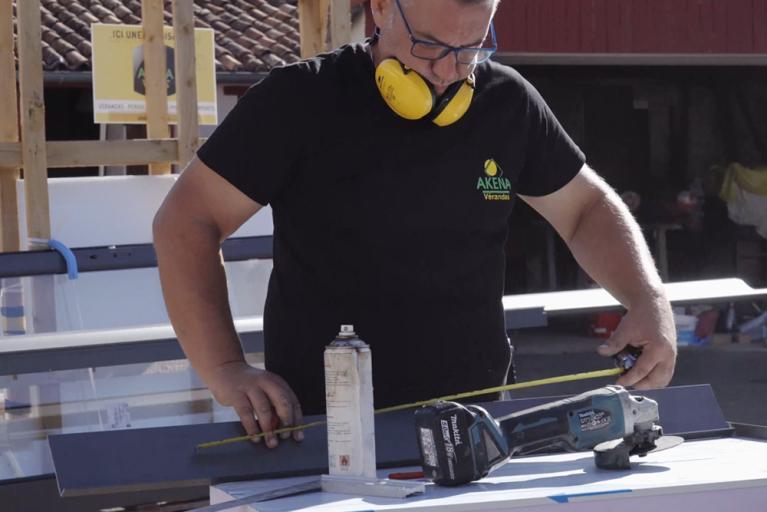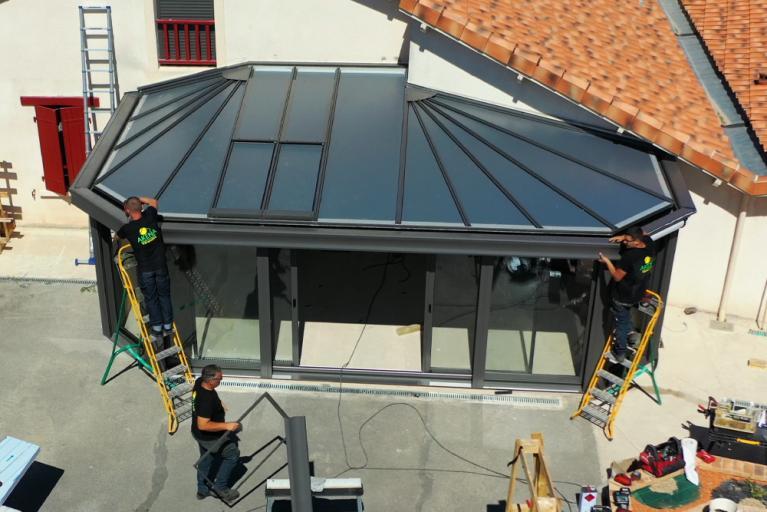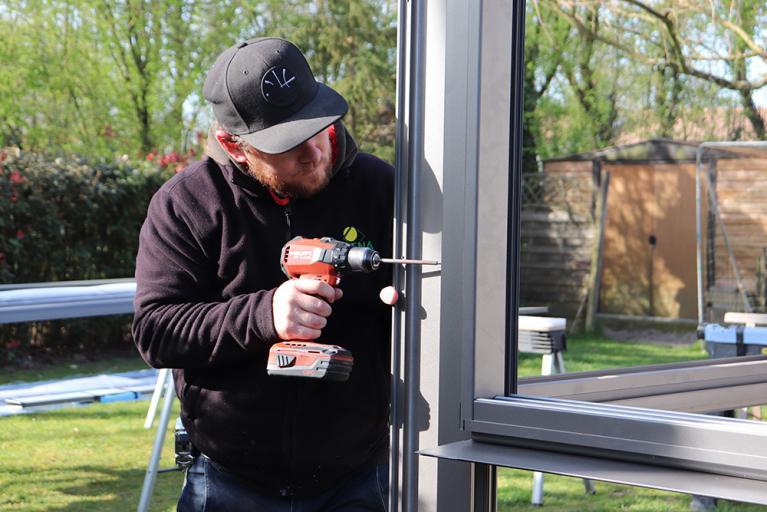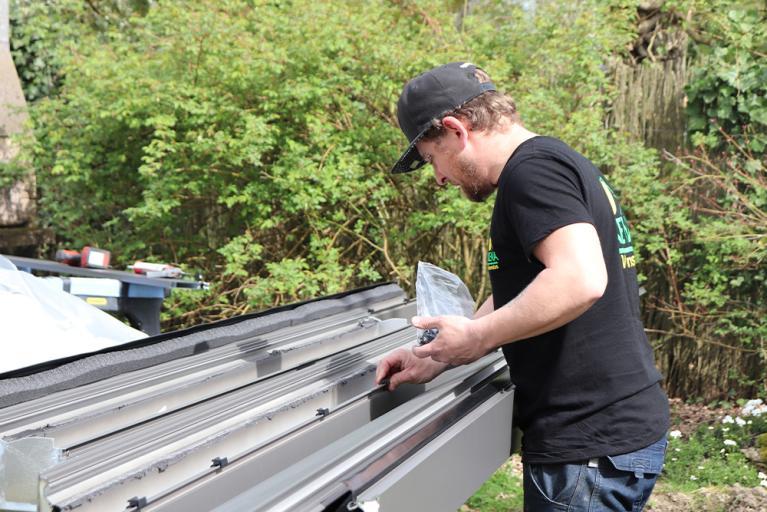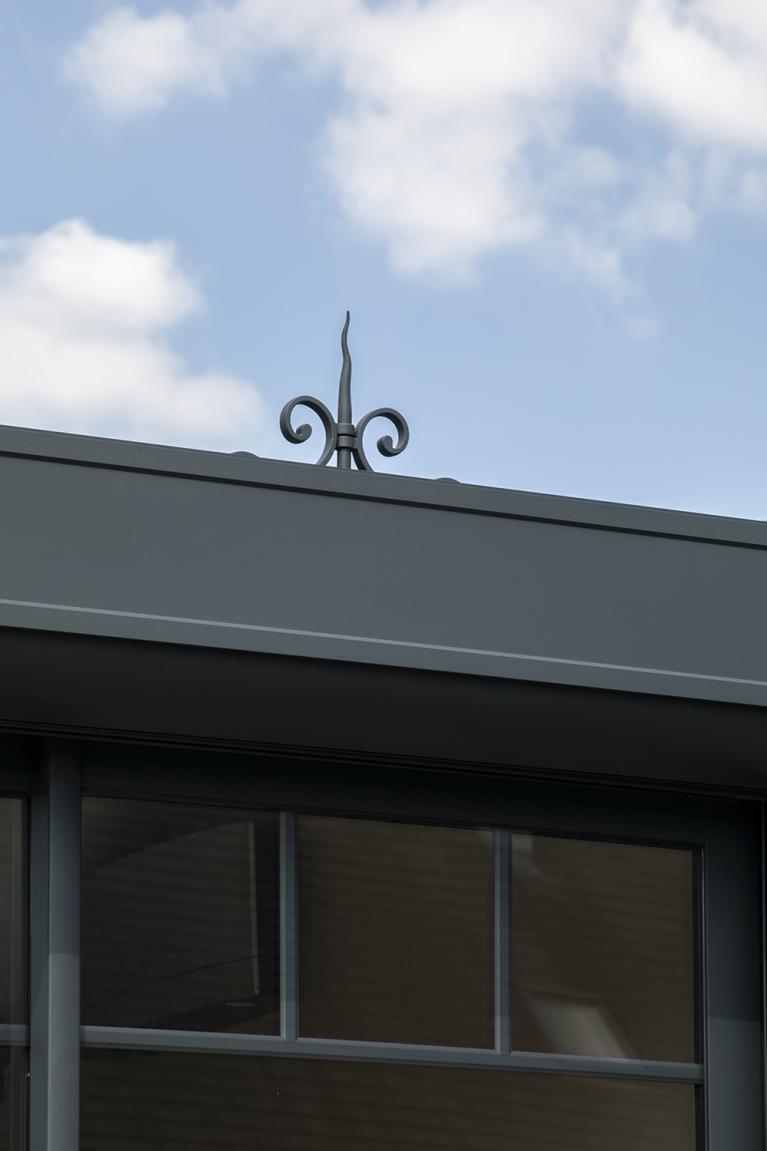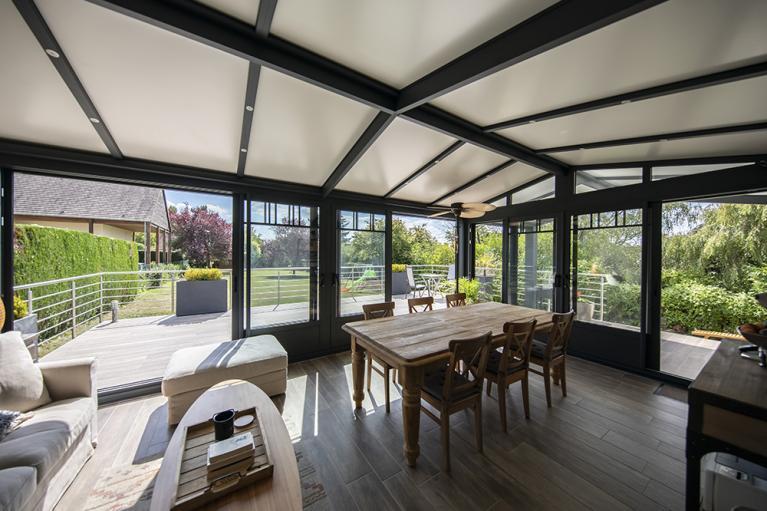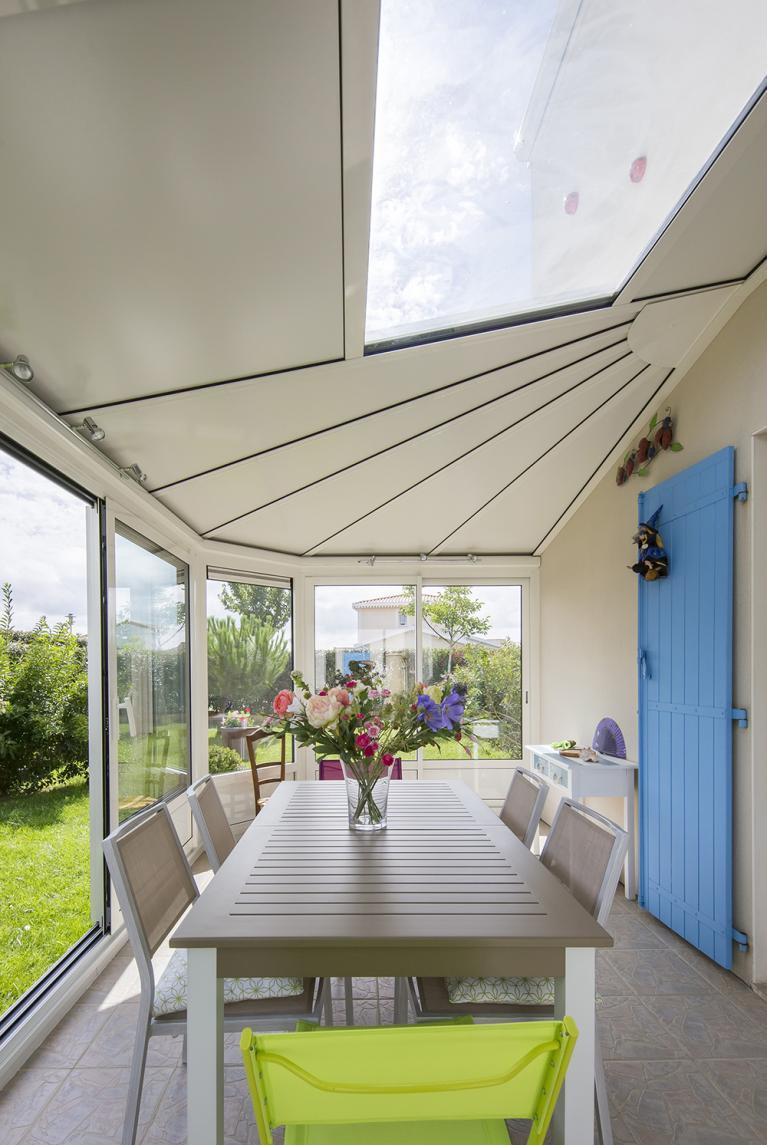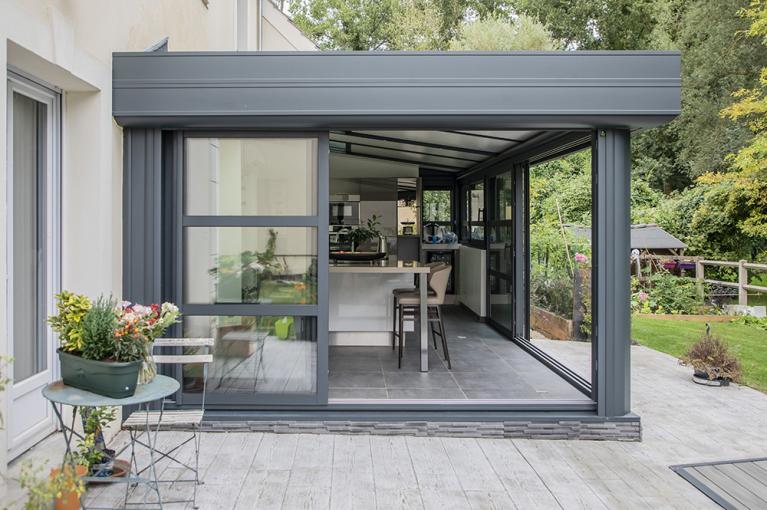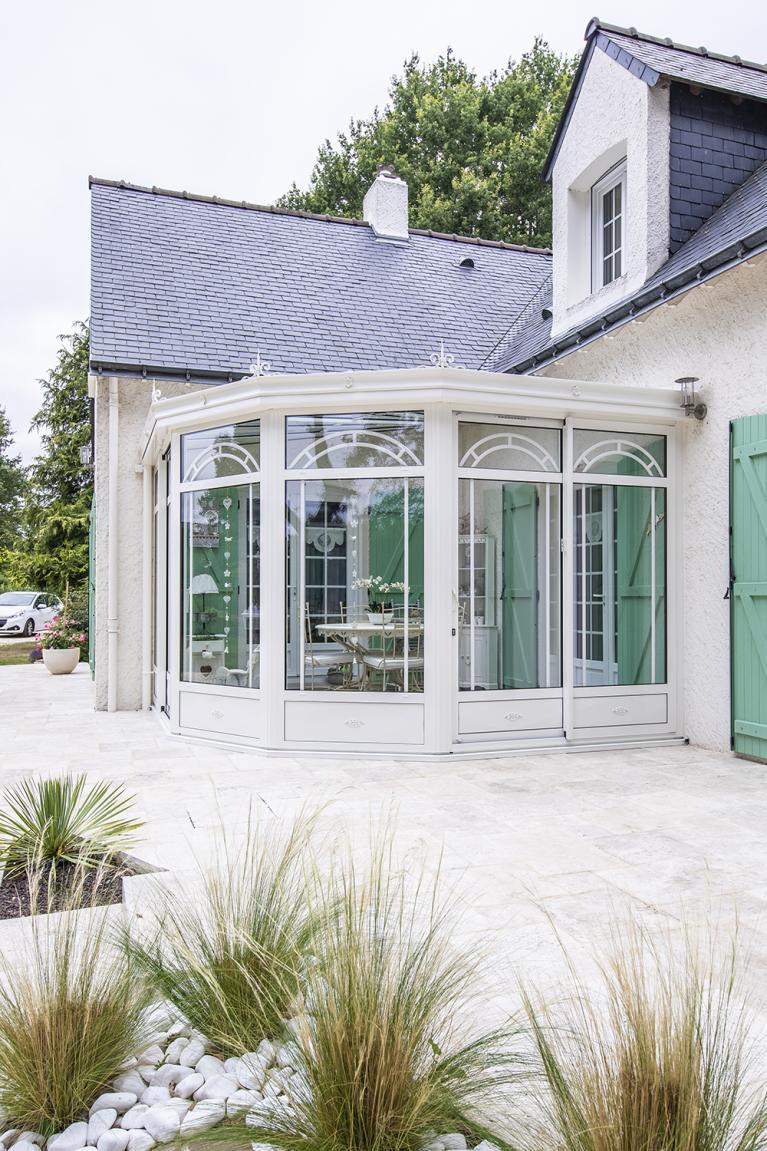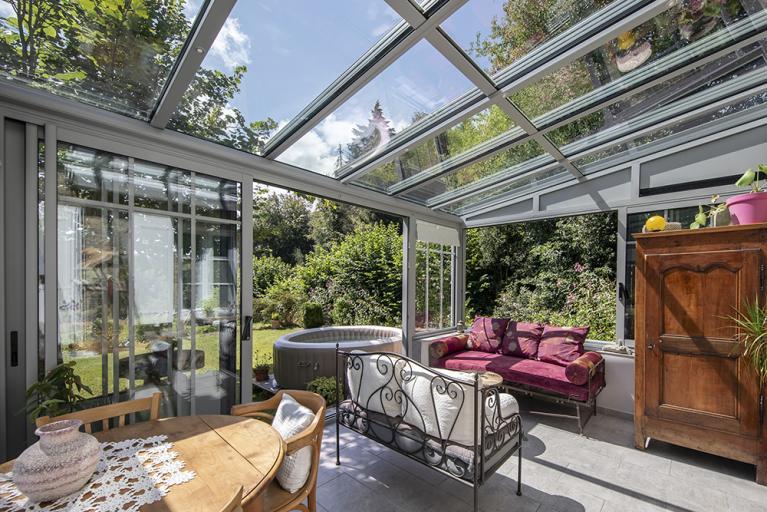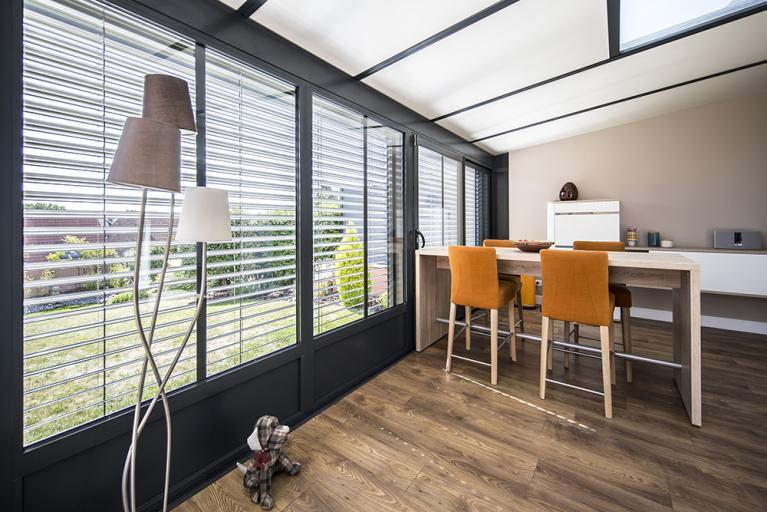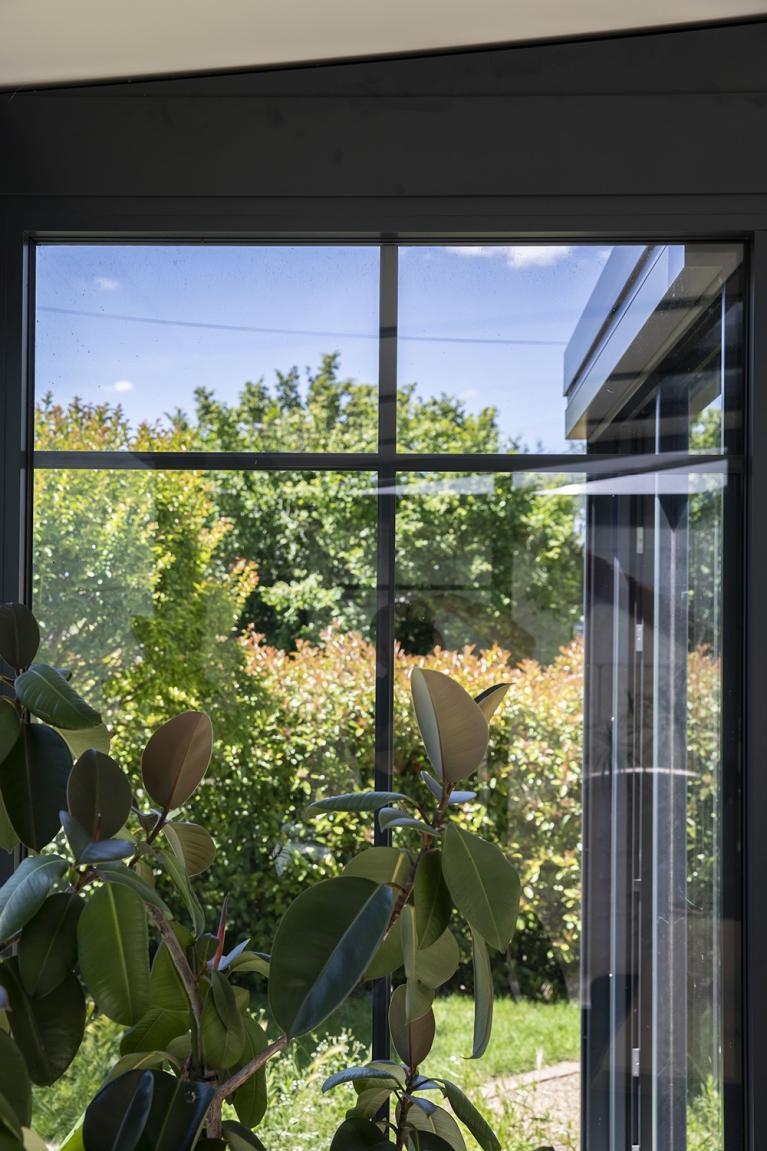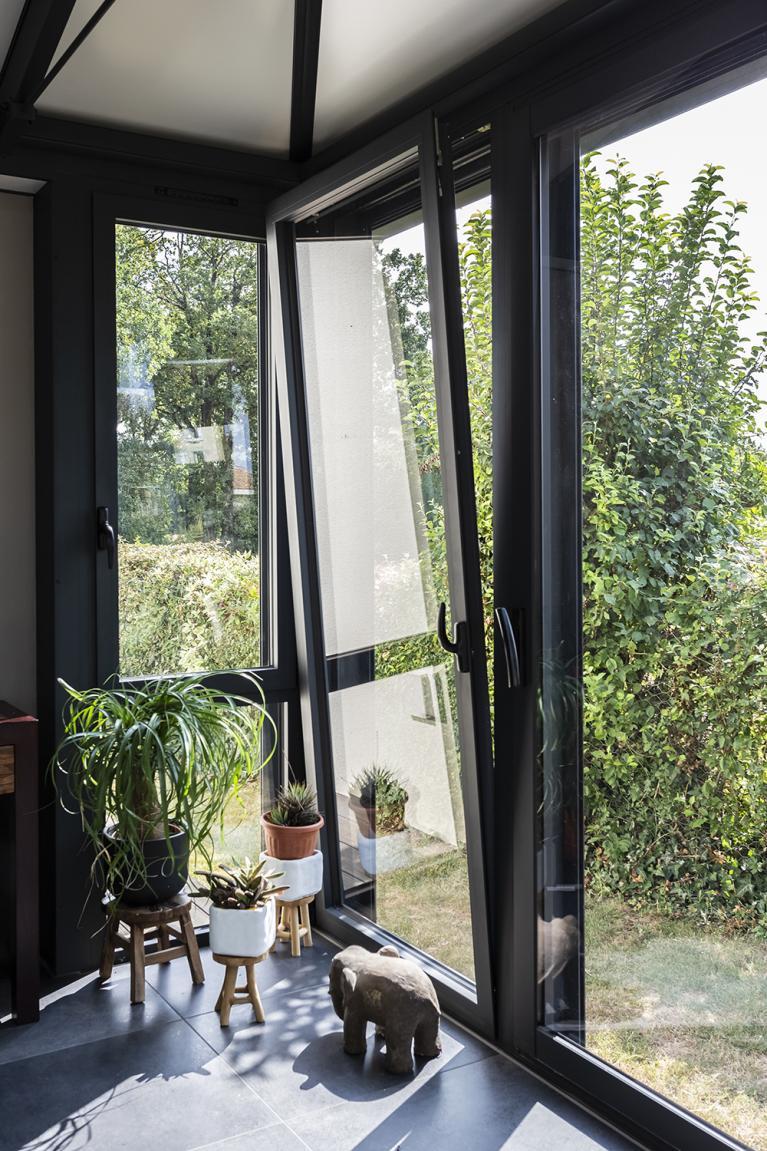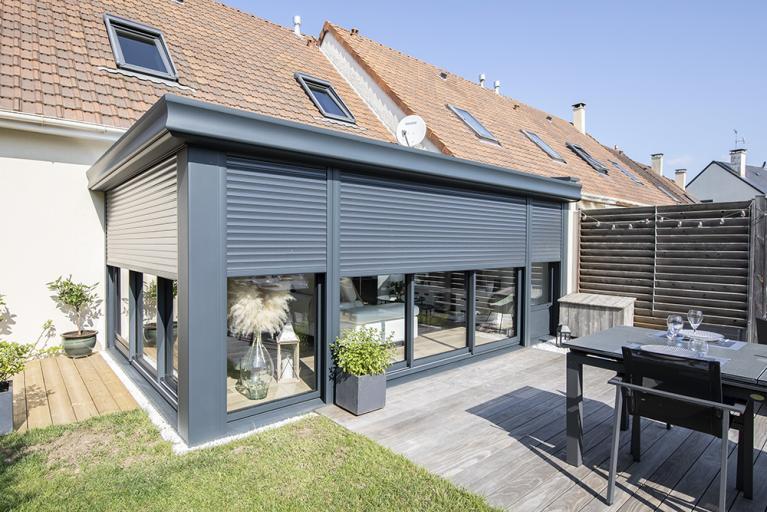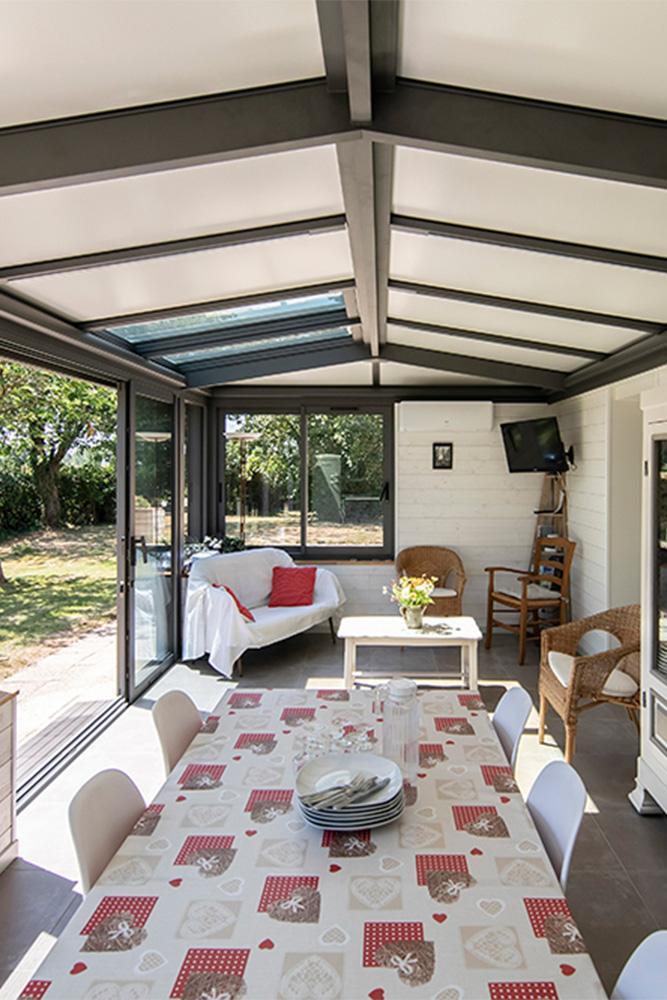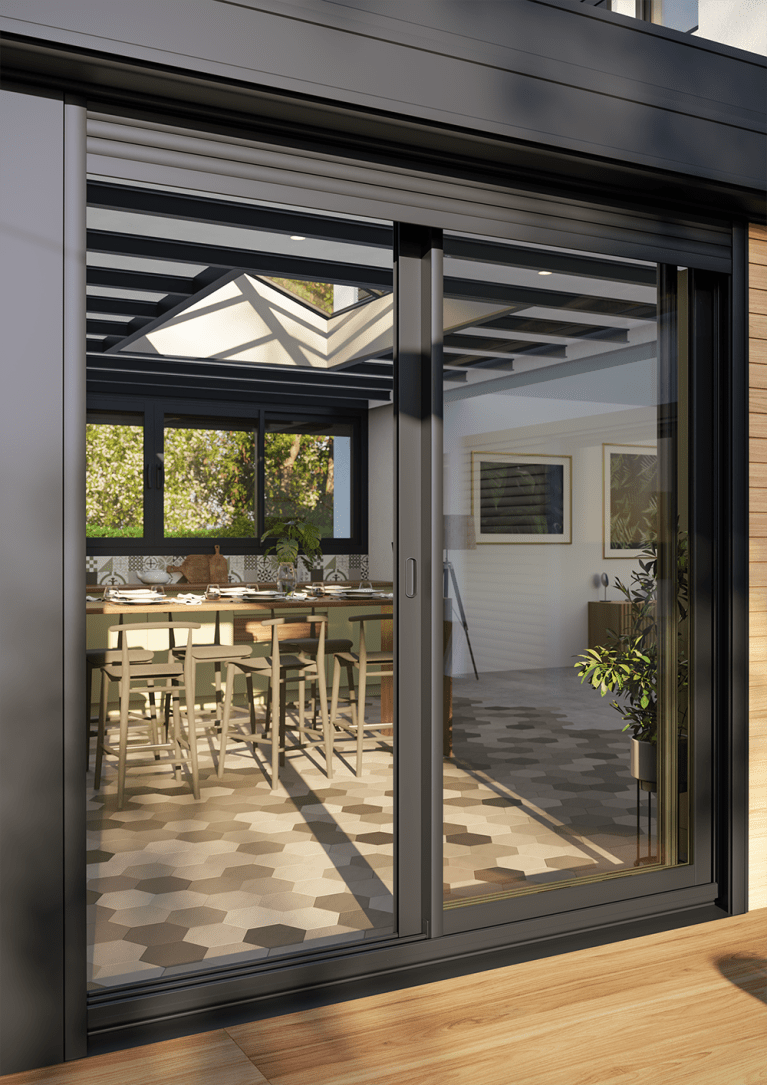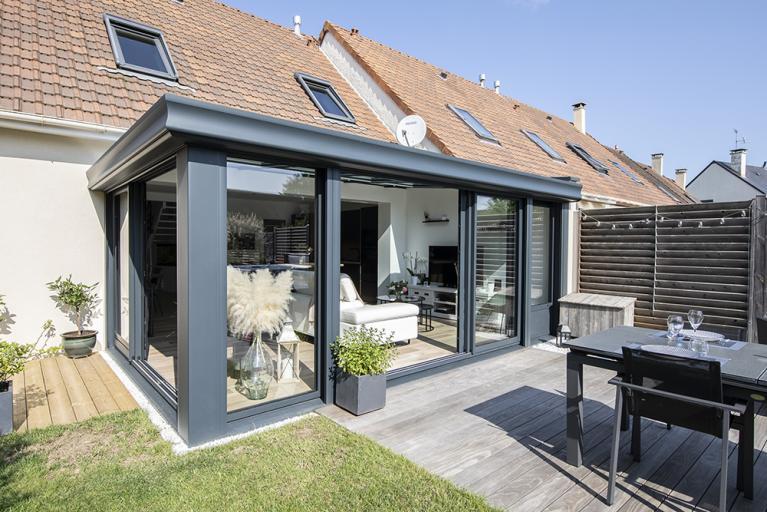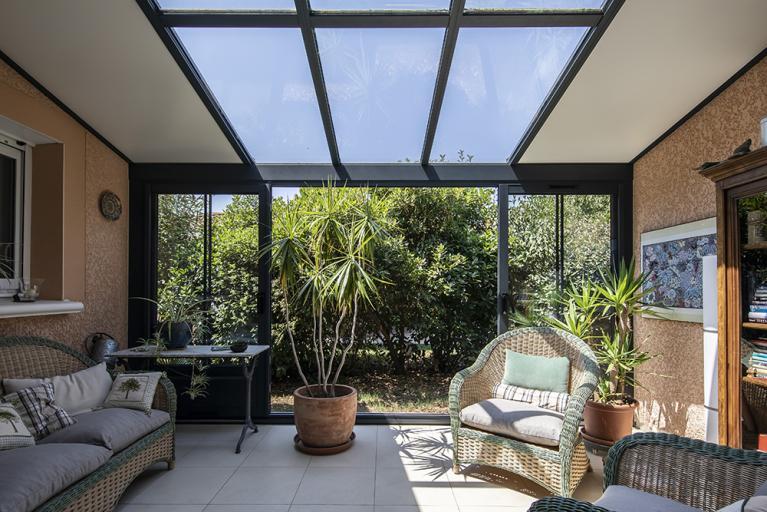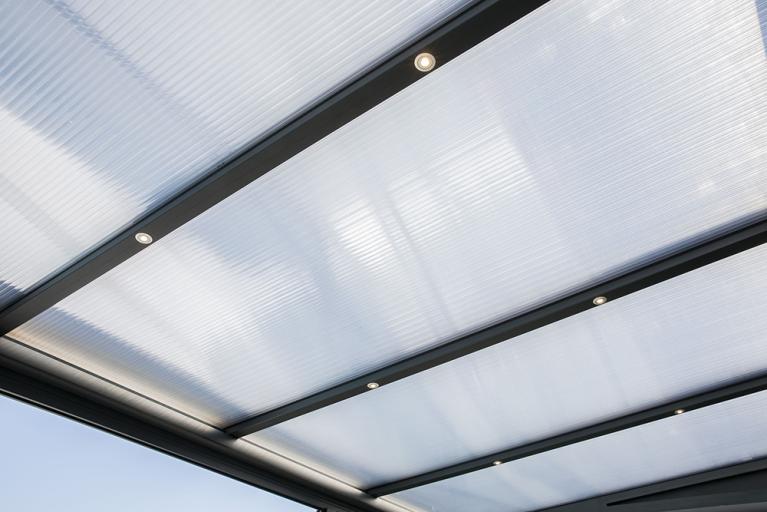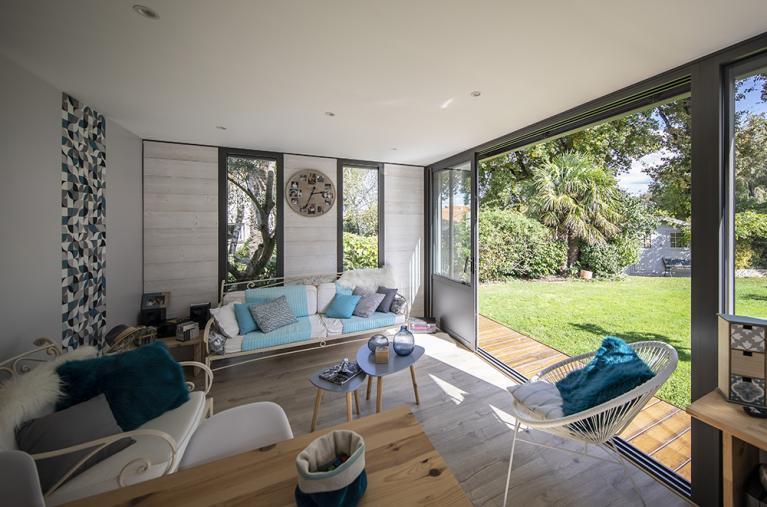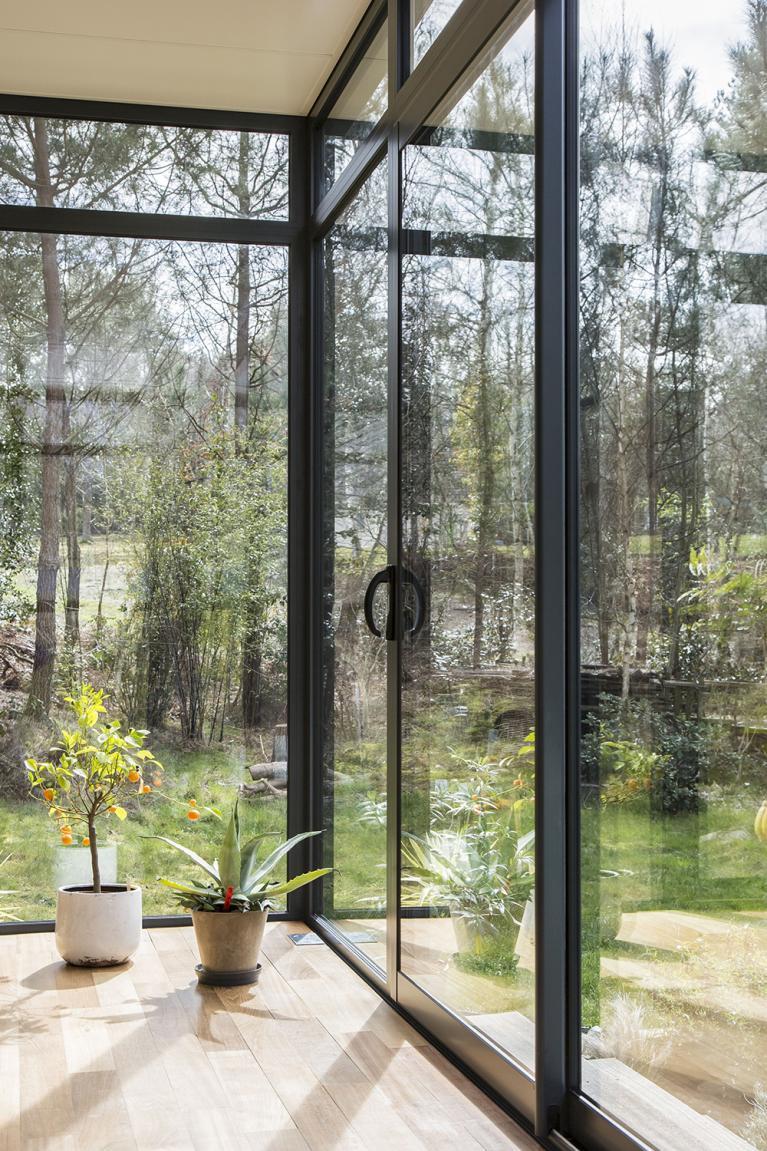How do you install a conservatory?
To install a conservatory, you'll need to carry out a certain amount of work. From the foundations to the roof, it's a job that needs preparation. A conservatory rests on a solid floor and must comply with increasingly stringent modern insulation standards. Find out more about the different stages involved in installing a conservatory.
Preparing to install a Conservatory: how do you get started?
Installing the conservatory is really the last stage of the work.
Beforehand, you'll need to carry out masonry work to lay the foundations for your conservatory. The concrete slab must be at the same level as the floor of the house, to avoid any possible problems of damp or seepage. This slab should be laid several weeks before the conservatory itself is installed. It must be completely dry before the rest of the work can be carried out.
Once the foundations have been laid, the final measurements are taken by a quantity surveyor, so that a conservatory can be built in our workshop that is 100% made-to-measure, and completely adapted to the surface area you have available.
If you wish to request any changes to the original plans, this is the time to discuss them with your AKENA consultant. After that, it will be too late.
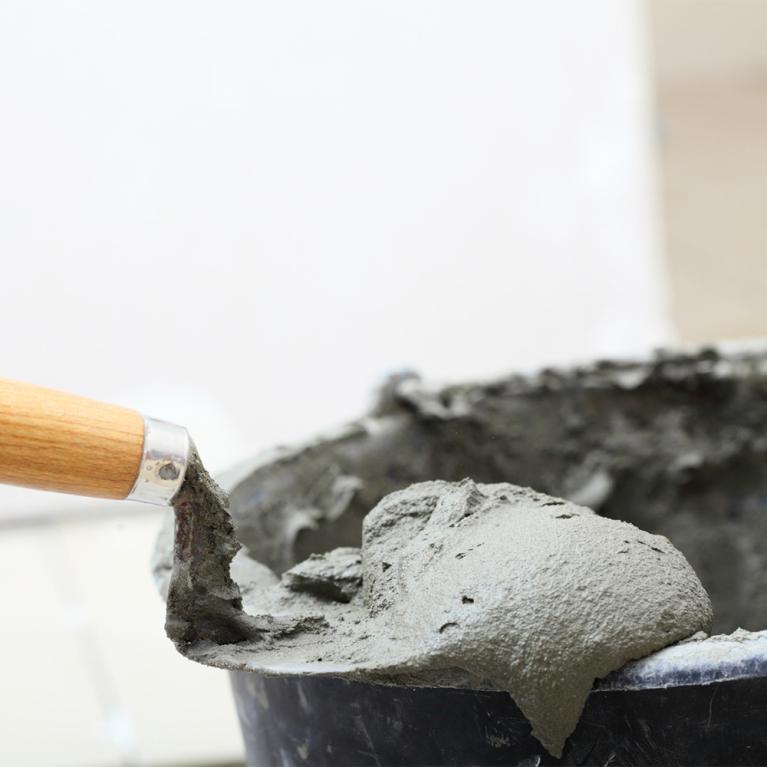
How long does it take to install a conservatory?
You've got it: taking all the work into account, you'll have to wait several weeks before you can enjoy your conservatory. What's more, if you're planning to assemble a conservatory kit yourself, make sure you follow the manufacturer's recommendations. What's more, it's important to get someone to help you install your conservatory: it's very difficult, if not impossible, to erect such a structure on your own. It's not advisable to rush things. If you want to enjoy your conservatory for many years to come, the job has to be done properly.
How much does it cost to install a conservatory?
To work out the price of your conservatory, you need to take a number of criteria into account: the surface area, the materials chosen, the conservatory model and the options (shutters, blinds, insulation, etc.).
The larger your conservatory or the moreoptions or special features it requires, the more expensive it will be. But it's also important to think long-term. If, for example, you opt for a model with very good insulation, it could end up helping you to save energy. Similarly, if you choose a large model, it could affect your property tax.
If you would like any advice about your future conservatory, please do not hesitate to contact our advisors.
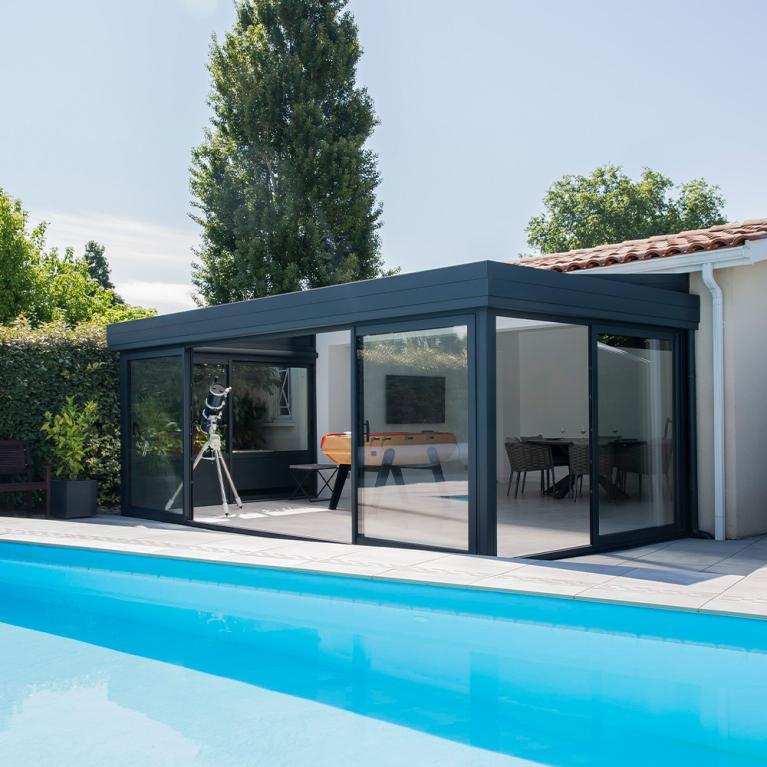
See the inspirations
Read all the articles in the magazine
You have a project?
Would you like a personalised 3D study and a free quotation? Contact us by clicking below.
AKENA is...
Over 40 years of experience
Founded in 1981 by one man, we now have more than 500 employees dedicated to making your project a success.
Made in France
A historic site and two factories covering more than 25,000 m² in Dompierre-sur-Yon in the Vendée region (85)
Innovative and tailor-made products
At AKENA, we are brimming with new ideas to improve and enhance our products.
The European leader in conservatories, pergolas...
But not only! AKENA also offers a complete range of carports and pool houses.
